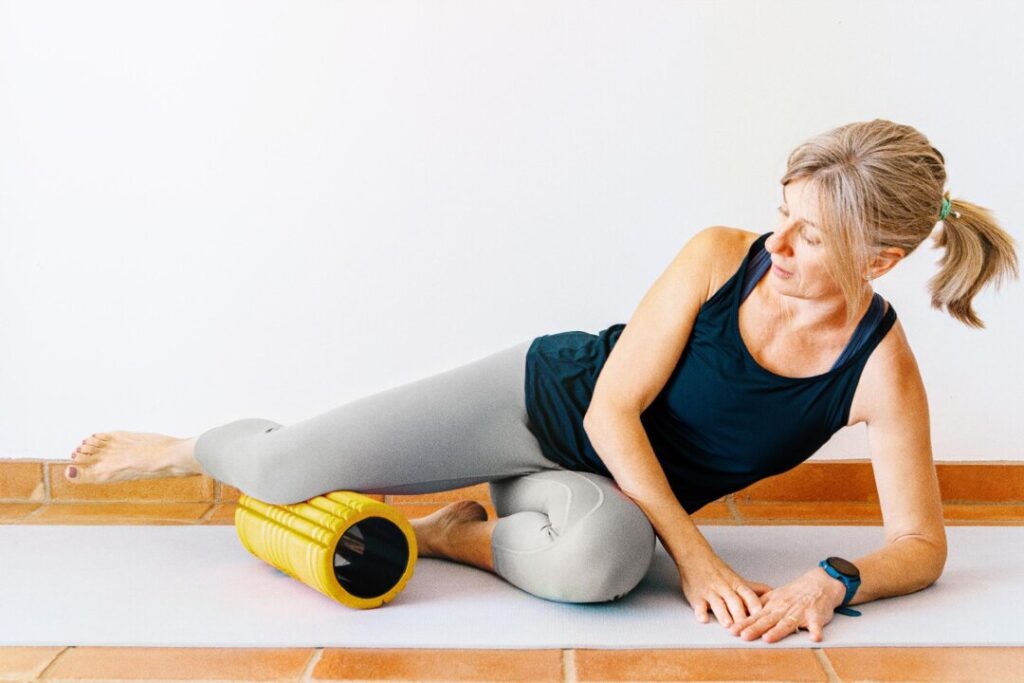
In a shift towards accessible health solutions, experts are highlighting simple techniques to alleviate joint pain without traditional medical interventions. Mobility expert Juliet Starrett, who co-authored the book “Built to Move” with her husband Kelly Starrett, emphasizes that relief may be found through self-care methods rather than solely relying on visits to healthcare professionals.
Starrett explains that joint pain often stems from issues in surrounding muscles rather than the joint itself. “Oftentimes you may be experiencing pain in the joint, but really it’s being caused by a stiff quad or hamstring or a stiff piece of connective tissue,” she stated in an interview with The Epoch Times. This insight suggests that addressing stiffness in related areas can significantly impact discomfort levels.
Implementing Effective Techniques
One practical approach Starrett recommends involves the use of a foam roller. For individuals experiencing non-specific knee pain, she advises getting on the floor with a foam roller to target tissues both upstream and downstream of the painful area. This technique can help release tension in the muscles and connective tissues, potentially providing immediate relief.
The accessibility of online resources has transformed how individuals can address their health needs. With a wealth of instructional videos and expert advice available at their fingertips, patients can take proactive steps in managing their symptoms. Starrett’s insights reflect a growing trend towards self-care in the realm of physical health.
The Importance of Education and Awareness
Understanding the underlying causes of joint pain can empower individuals to seek more effective remedies. Starrett’s approach highlights the importance of educating oneself about body mechanics and the interconnectedness of muscles and joints. By focusing on the body as a whole rather than just isolated pain points, patients may find more effective solutions.
As the conversation around joint pain management evolves, it is crucial for individuals to remain informed about their options. Techniques like foam rolling not only provide immediate relief but also encourage ongoing self-care practices that can improve overall mobility and quality of life.
In summary, the path to alleviating joint pain may be more accessible than previously thought. With simple techniques and a focus on education, individuals can take significant steps towards managing their discomfort effectively. By embracing these self-care methods, people are not just treating their symptoms; they are also fostering a deeper understanding of their bodies.






